If the universe is infinitely large, the particle could be almost infinitely far away. Humans would be extinct a long time ago before we even knew it had happened. It is clear that there is a new particle. Everyone agrees that the bump in the center of this plot is a real physical effect.
But is it only valid when you think about life? We are talking about particles that decay even if they don't rot, about stars that are born and die, etc. Doing the double-slit experiment underwater is useless; the movement of the particle you shoot is absorbed and redirected by the other water molecules that move randomly. But these issues are not resolved, whereas the purpose of this website is to explain as clearly as possible what we currently understand about the universe, always with the proviso that this is the best current picture of particle physics, and probably not the last. You don't get anything, not because nothing really happens there, but because the detector isn't sensitive enough to pick up the extremely weak impact that occurs when a single molecule is fired.
Their discovery strongly supports the Standard Model of particle physics, which is believed to govern the basic components of matter. If you were in a system above the electromagnetic temperature, you would be surrounded by a sea of very real W and Z bosons. They have been observed in particle accelerators at high energies, so they can certainly be real. This quantum fluctuation could occur somewhere in the vacuum of space between galaxies and create an expanding bubble, Lykken said.
Another joke could have been that it happens all the time and, as in a certain science fiction story, we continue to stray from that possible timeline. Now, in the preface to a new collection of essays and lectures called Starmus, the famous theoretical physicist warns that the particle could one day be responsible for the destruction of the known universe. Of course, it is possible that some other field or combination of fields acts cyclically; they wouldn't even need to cause a collapse; repeated bursts of “new emptiness” would in themselves be new universes regardless of what happens to the rest of the “old universe” that surrounds them. Now that scientists have measured the mass of the particle, they can do many other calculations, including one that seems to point to the end of the universe.
But supersymmetry is a theory that suggests that every particle also has a supersymmetric companion particle.

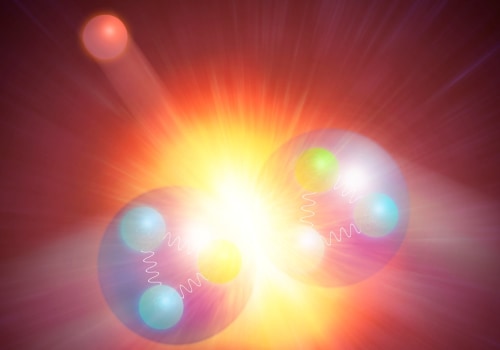

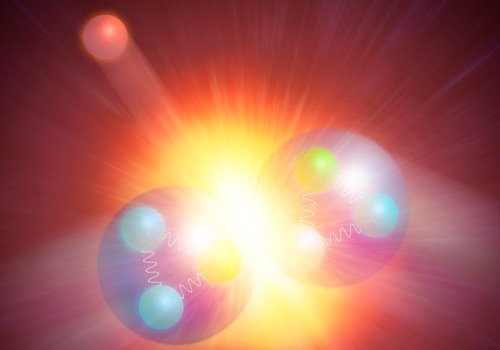
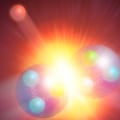
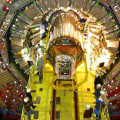
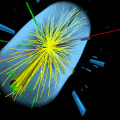
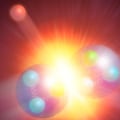
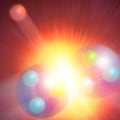
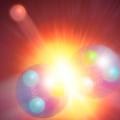
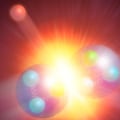
Leave Reply